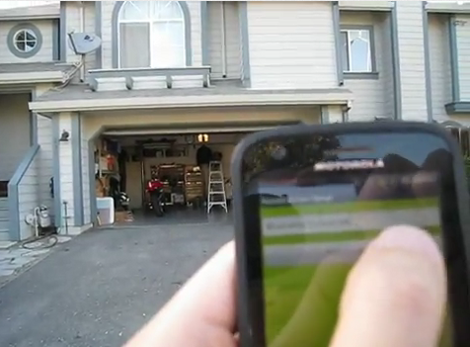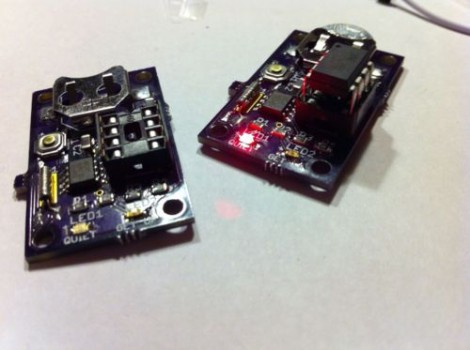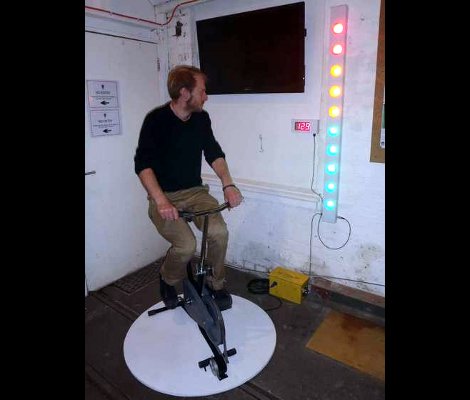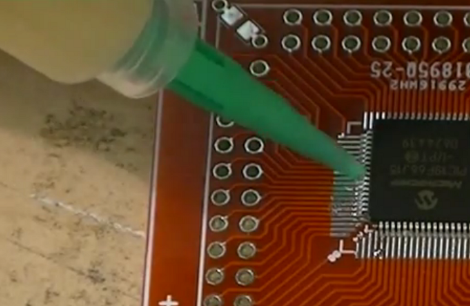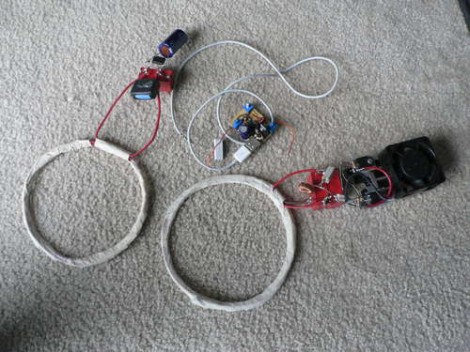
[Matt Pandina] has been documenting his build of a very nice light painting bar on his G+ page. His light painting bar has 64 RGB LEDs being driven by an ATmega328P and four TLC5940 chips. He wrote his own libraries to talk to the TLC5940 as well as his own libraries to pull images off of a MicroSD card. He also wrote a cross-platform program that automatically converts a directory of pngs to something the TLC5940s expect. He says the secret to getting his24-bit color correction looking right is gamma correction. It seems that when the LEDs were run too bright, he couldn’t get the colors quite right. In case you’re curious, those images are 15 inches tall!
You can follow along through his posts as he starts with just a few LEDs and slowly updates and grows it to the impressive state it is at currently.

